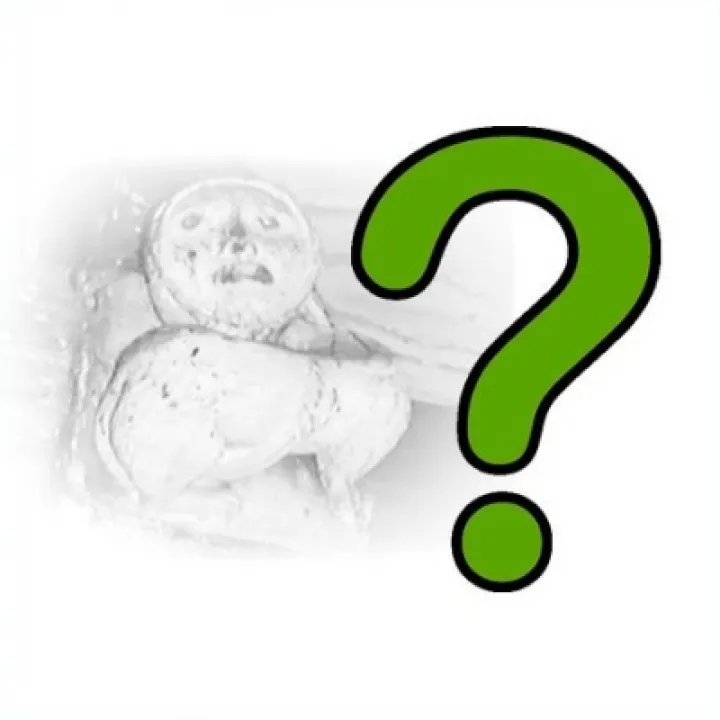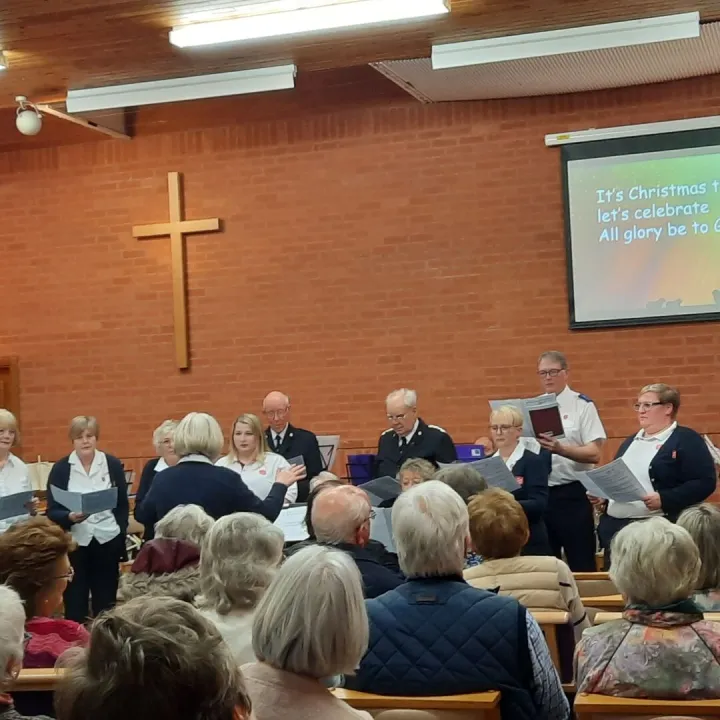Hockenhull Mill: A Mill Discovered
Despite discovering a few mills in west Cheshire, the most sought after one eluded me. The 1839 Tithe map provided the first step in finding the mill. The name mill field, on Platts Lane, near the first bridge, triggered over two years chasing down any reference, however small, to this mill. After all, why name a field 'mill' if one was not there once? True, field names may change over time, but a mill was the heart of village life. Before mills, all grain was hand ground, so the advent of mills was the first industrial revolution. These watermills increased steadily over the centuries, with possibly 30 along the Gowy, from its source to the Mersey. Hockenhull was one, but when?
Roman and Anglo-Saxon mills existed long before the Normans arrived. Once most of England was subdued, a great survey, Domesday or Judgement Day, took place between 1080-86, to assess how much tax could be gathered.
The 6,000 mills recorded were one key asset to the Normans, yet their value or condition, is often not specified. Most mills were grain mills but some, for instance, were horse-driven, or for metalworking or tanning, or used for other purposes. Each paid a rent, usually in cash but by various means as well; some paid no rent.
At Domesday, of the 22 Cheshire mills the Gowy and its tributaries, was the most significant milling river. Barrow, Christleton, Stapleford were the ones recorded, but there might well have been others. Presumably, a mill functioning or, at least present, was enough, but a derelict one or a former site, may not have been registered. Considering Hockenhull was an ancient route, it is not inconceivable for an early mill to have been there. Indeed, I would suggest this crossing point was pre-eminent than either Christleton or Stapleford. A few centuries later, every crossing place on the Gowy had a mill.
Most Saxon mills were very small, timber buildings often on minor streams worked by an individual or family. Whether Domesday recorded all the mills in northern England is uncertain, possibly many were lost as part of the Norman pacification in the winter of 1069-70, as was the 'harrying' along the Welsh border. Basically, the Norman armies laid waste to villages, livestock, crops and everything, to leave swathes of land, useless. Did this happen to Cheshire and some mills along the Gowy? According to Domesday, Chester granted to Earl Hugh was seriously destroyed. Both he and other Norman nobleman saw the value of their lands between 1066 and 1085 fall. No record indicates if mills were destroyed in Cheshire or along the Gowy. For certain, Stapleford and Christleton were there but not Hockenhull. Between the Conquest and Domesday, the intervening years may have seen mills disappear for all sorts of reasons.
copyright dbkeogh@hotmail.com 9th November 2021
Next time: Part II
Quick Links
Get In Touch
TarvinOnline is powered by our active community.
Please send us your news and views.










